Food growing lessons at home
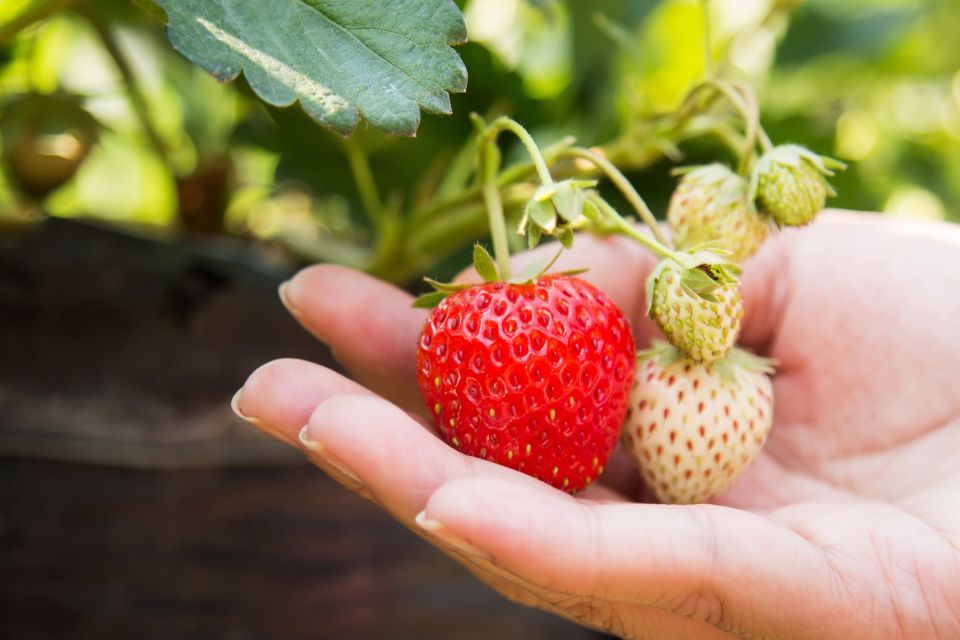
The lockdown can be a great time to start growing food at home - get stuck in with the whole family!
As part of our Edible Playgrounds programme where we create outdoor teaching gardens that get children excited about growing and eating healthy food, we have produced a range of resources to support their food growing. Check them out here!
While the resources are focused on schools, there’s lots of helpful information about crop growing that could benefit all green-fingered garden lovers. We hope it’ll help gardeners both big and small get ahead with their planting endeavours.
All novice food growers will find the crop guides and ‘how to guides’ useful for picking up the basic skills and knowledge for starting off their first crops.
Louise Purnell, Edible Playgrounds manager
Have a look at the ‘crop guides’ to get expert advice on how to take care of your fruit and veg, and check out the ‘how to guides’ to get a nice run through of how to sow seeds and how to plant out. Maybe you’re tempted to plant carrots or sow seeds in a greenhouse? If so, we also have a handy tool guide and weed ID sheet that can help you excel in your garden.
Focus on: homeschooling
Unexpectedly found yourself home-schooling your children? We want to show you that not all learning needs a computer screen, and that lessons in food growing can be linked to any subject in the national curriculum. Give it a go and have fun!
1. Growing at home linked to the curriculum
Curriculum Guides
We have curriculum guides with ideas of how to link food growing to every subject in the national curriculum (years 1 – 6) available.
Lesson Plans
Take a look at our lesson plans and you’ll see how just about every activity can be turned into a learning opportunity. We turn a seed sowing activity into a literacy lesson (instructional language) and a planting activity into a maths lesson (measuring and estimating).
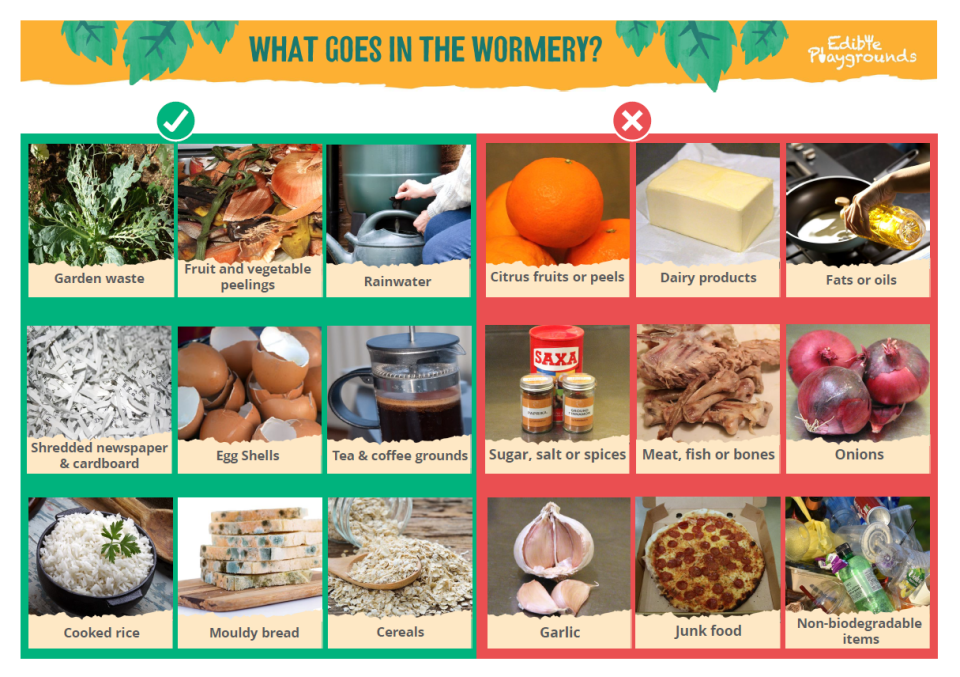
2. Learning games about food and plants
Edible Detectives
The aim of the game is to work out how to group the vegetables, fruits and flowers based on the part of them that we eat. You can learn some science (what is the function of this part of the plant?) and about other plants in the same group. Link here.
Heroes and Villains
Heroes and Villains looks at all the different creatures that could make an appearance in your garden. Your job is to decide whether they are a hero and we want to encourage them into the garden, or a villain and we want to discourage them. Link here.
3. Learn about food growing with fun experiments
Propagate your plants
Did you know how simple it can be to propagate (breed) new plants from existing ones you have growing? This is a good (and free!) way to increase how many plants you have, and it is fun to watch them grow! One technique is to take a cutting from an existing plant and plant the cutting in its own little pot. You can do this from late spring with shrubby herbs like rosemary, thyme and Sage. It’s also possible to propagate strawberries. If you already have strawberries then in previous years you may have noticed that they start to reproduce on their own accord. Did you know that it is possible to cut the new plants (the runners) from the mother plant and re-plant it somewhere else?
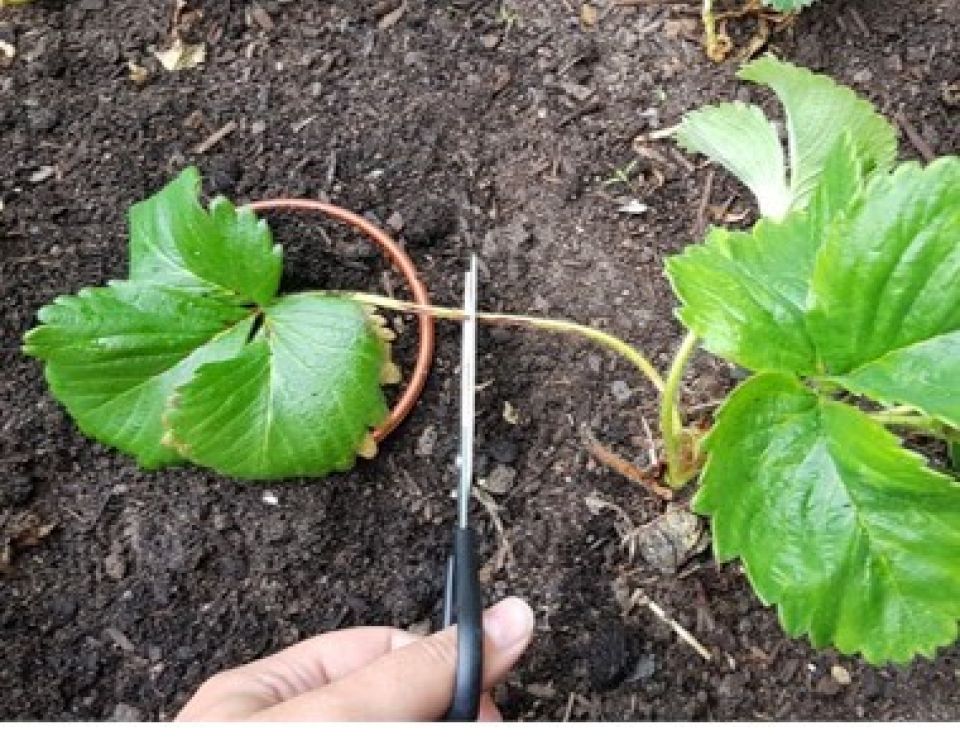
Re-grow your kitchen scraps
Cut the base from your lettuce head and put in a glass with the cut side facing upwards. Cover with water to just below the top of lettuce and leave on a sunny windowsill. How long will it be before the magic starts to happen and the lettuce regrows? Try the same with a leek or spring onion. Cut off the root-y end and place in a shallow glass of water.
Experiment with recycled pots
Not having all of the right kit should not stop you from having a go at growing. If you have got seeds and some soil but no pots then fear not, you will definitely have something around the house that you can improvise with. It may just take a bit of rummaging through the recycling! The key point to remember here is that all pots need to have drainage holes. Plants don’t like to sit in stagnant water.
- Egg box - the bit where the eggs go and the lid can both be used for seed sowing.
- Eggs – after eating a boiled egg you can use the empty shell for seed sowing. Or, if you haven’t cooked the egg by boiling it, make sure you pour boiling water over the shell before using it to kill off any bacteria.
- Plastic fruit punnets – these are great because they already have drainage holes in.
- Yoghurt pots – small and big will both work.
- Toilet roll tubes – an ideal size and biodegradable too.
- Grow with seeds from your shop-bought veg
We recommend trying this with tomatoes, peppers and chillies. It’s really simple. Scrape the seeds out and spread them out on a piece of kitchen roll. Leave them somewhere well-ventilated for a few days to dry out before sowing them.
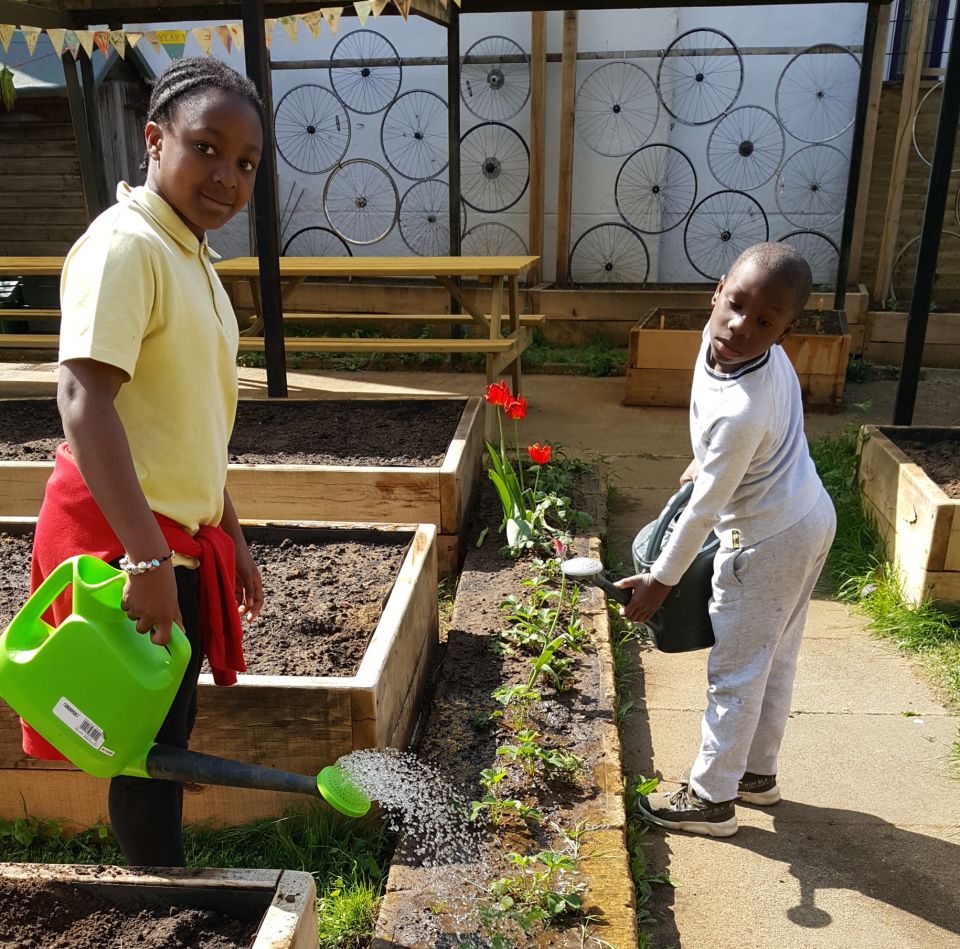
The latest from our Edible Playgrounds
Trees for Cities has created 100+ Edible Playgrounds across the country, and many of them were gearing up to start the food-growing and outdoor learning before the pandemic and subsequent lockdown hit. Quite a few schools are still open for kids of key workers and vulnerable kids, and it’s been great to hear how they are enjoying being outside in the sunshine planting and growing. One school even donated their crops to a local soup kitchen!
The Key Club (children of key workers) have risen to the challenge of keeping the garden thriving. As well as planting, watering and keeping the beds tidy they have made clay plaques with the different type of veg for each bed, made windmills to keep the birds off and created some water feeders for the plants. We have had to do a lot of covering with net as we have a problem with birds, cats and squirrels as school is so quiet!
Lin Parry, teaching assistant at Ham Dingle Primary School in London
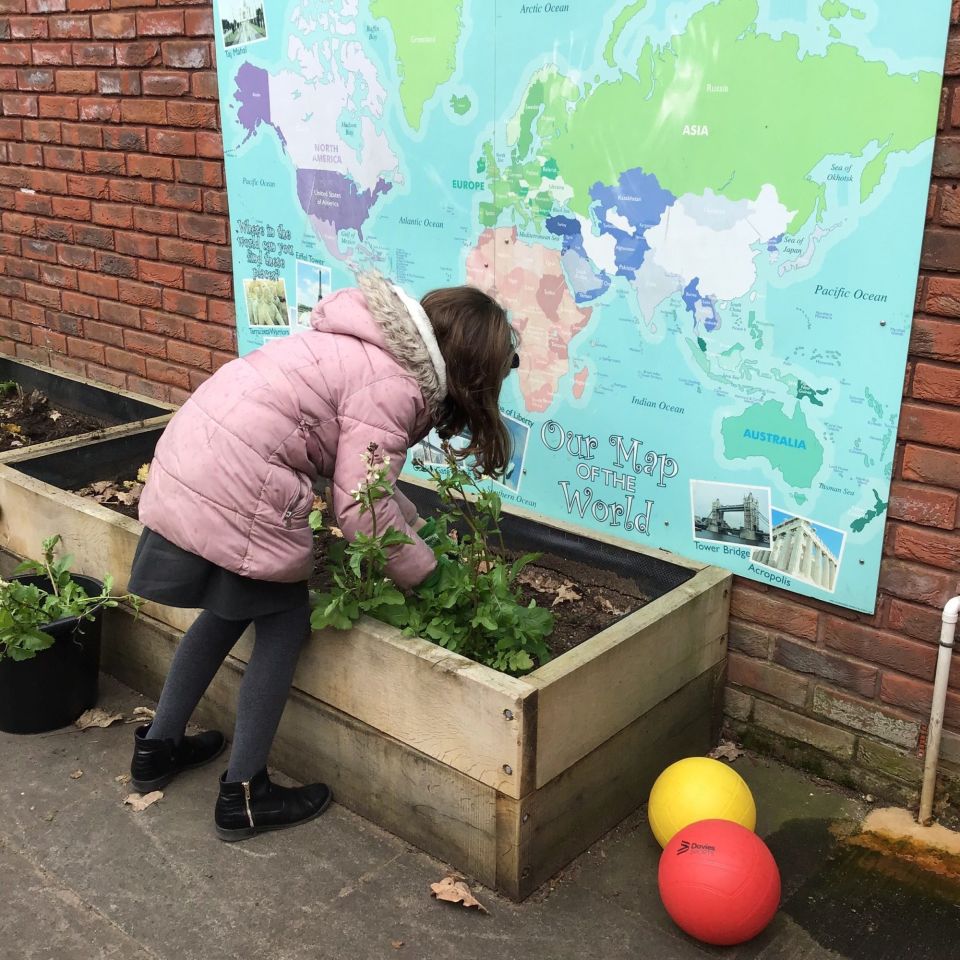
Our classes have been growing cabbage, garlic, curly kale and spinach in their edible garden last term. While school is partially closed the children who are attending and the caretaker have been watering and tending the plants, but as they will be ready before we return to school we thought we would harvest them and donate them to a local soup kitchen, or other food distribution centre that can accept fresh produce. The food will not then go to waste and the children's efforts will hopefully help those in need in their local community.
Inez O'Hara, School Business Manager, East Acton Primary School in London
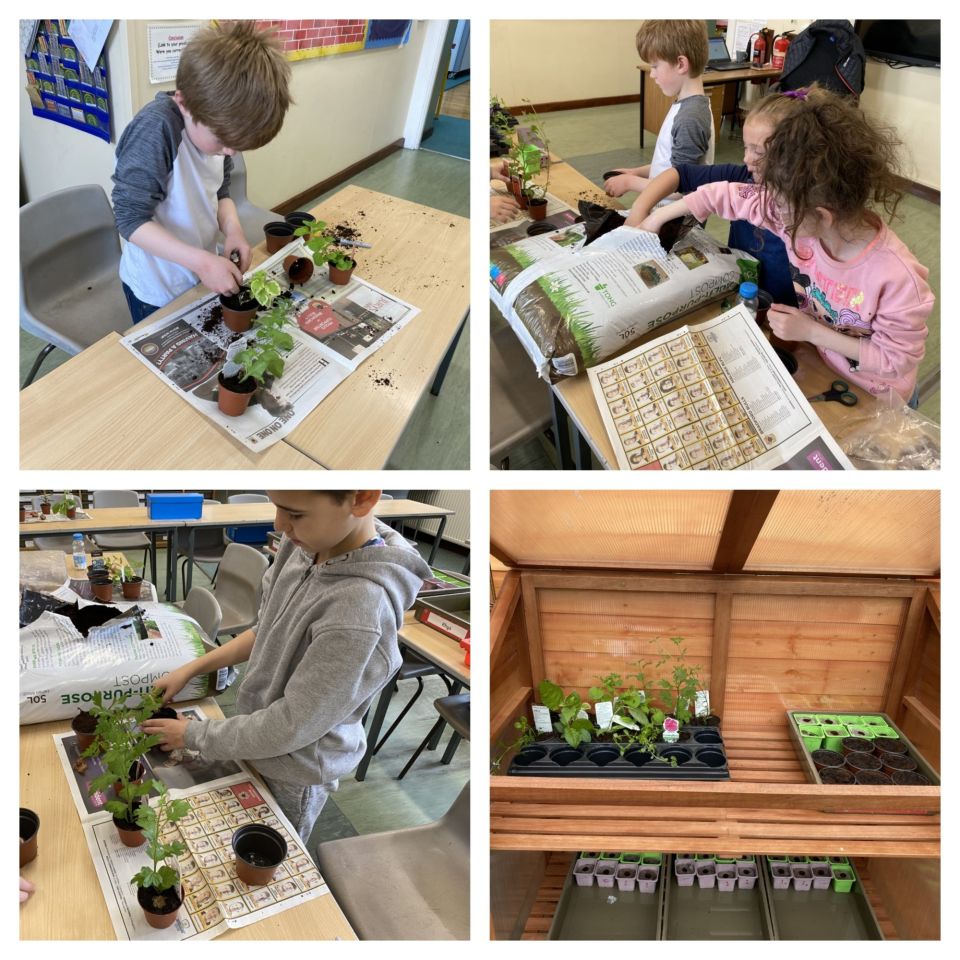
Having had our fantastic Edible Playgrounds installed the pandemic and subsequent lockdown has prevented the engagement work, but we were keen to get going with the planting. Having received lots of donations, we have planted a range of vegetables which are already ready for re-potting. The strawberry planter is full and thriving! The children attending school have thoroughly enjoyed the activities we've been doing in the garden. It has been great to have been able to do so much learning outdoors and enable the children to experience lots of new opportunities. We hope eventually to be able to use the vegetable and fruit produce in our school kitchen!
Debbie Cooksey, Headteacher at Thorpe Primary School in Bradford
If you’re interested in learning more about the Edible Playgrounds programme, check out our section on the website, or get in touch Schools@treesforcities.org. Don’t forget to share your food growing efforts and tips with us on social media!
Thanks to our funders All Saints Educational Trust and Bulb for enabling us to share the food growing resources.
Donate to Trees for Cities and together we can help cities grow into greener, cleaner and healthier places for people to live and work worldwide.
Donate